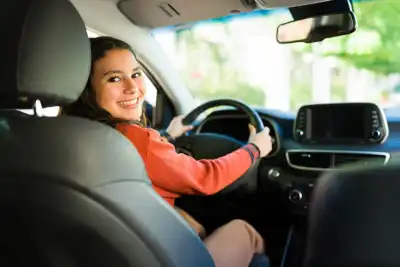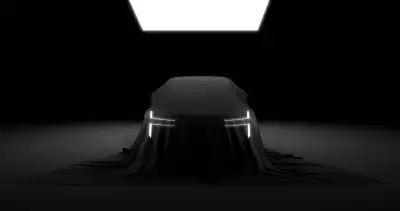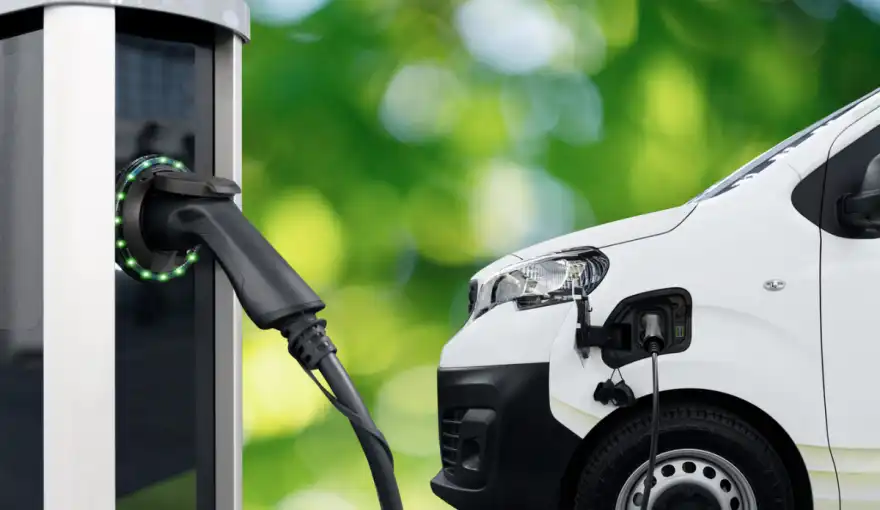
The introduction of electric vans has introduced a range of novel and less familiar terminology, the definitions of which are not always immediately apparent. Regit delves into the explanations behind the most significant terms related to electric vans.
PHEV
PHEV stands for Plug-in Hybrid Electric Vehicle. By now, most of us probably grasp that a hybrid car or van integrates multiple power sources, such as electric and diesel (or petrol). For a PHEV, this signifies that aside from the vehicle's engine contributing to battery recharging, the van can also be connected to a home or public charger to extend its electric range.
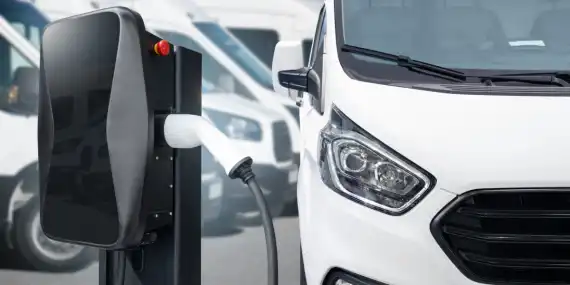
Range Extender (or REx)
This one becomes evident once the context is understood. Hybrid vehicles come in two forms. The first entails a van propelled by a blend of electricity and petrol/diesel, with the wheels driven by either electric motors or the traditional engine (or a fusion of both). A range-extending van doesn't link the engine to the wheels; rather, it incorporates an onboard generator exclusively employed to recharge the battery while in motion, thereby increasing the driving distance.
BEV
This term is straightforward - BEV stands for Battery Electric Vehicle, denoting a fully electric van without any hybridisation.
MHEV
Here things take a slightly more intricate turn. MHEV stands for Mild Hybrid Electric Vehicle. In essence, this implies that a van is somewhat more ecologically conscious than it might truly be. Typically, a small electric motor accompanied by a dedicated battery aids the conventional engine, particularly in urban conditions. The battery is replenished solely through regeneration. The actual benefits to the driver are subject to debate, but Ford claims modest fuel savings for several of its van models equipped with this technology.
ICE
ICE denotes Internal Combustion Engine, signifying the conventional petrol or diesel engine that usually powers vehicles.
kW
A kilowatt (equivalent to 1000 watts) measures electrical power, roughly translating to about 1.34 horsepower, which we're more accustomed to. For instance, the Vivaro-e van derives 134hp from its 100kW motor.
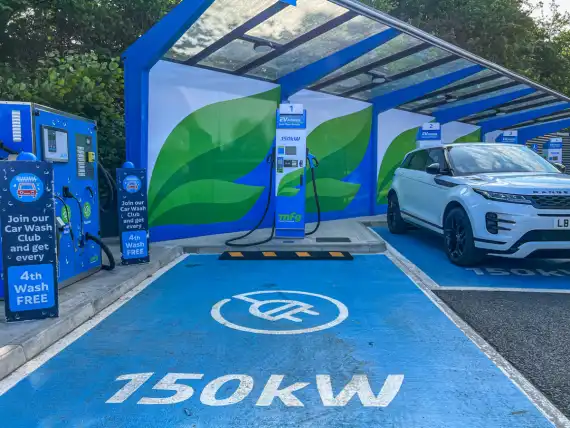
kWh
This unit quantifies electrical energy and often pertains to electric van batteries and charging speeds. It's akin to the capacity of a conventional fuel tank, just measured in litres. Thus, when you're selecting battery options for your new electric van, the specifications will be indicated in kWh. Using our example of the Vivaro, it can be equipped with either a 50kWh or 75kWh battery.
CCS
CCS stands for Combined Charging System, the prevailing standard for electric vehicle charging connectors. It's divided into two halves, with one section used for home AC charging (refer to AC-DC below), and both segments employed for rapid public DC charging points, facilitating speeds of up to 100kW. Your new electric van is likely to be equipped with a CCS socket, but it's important to remember that the maximum charging rate is determined by your van's internal charging capacity, which might limit access to the fastest charging speeds.
AC-DC
AC represents Alternating Current, the type of electricity commonly used in homes and for overnight EV charging, often at 7.4kW. DC, or Direct Current, is utilized at fast public charging points, delivering speeds of typically 100kW, as mentioned earlier.
Regeneration (or Regen)
Regeneration is a valuable benefit for electric van drivers. Picture yourself cruising along when you start descending a hill. In a conventional van, you would engage your brakes and perhaps shift to a lower gear to control your speed. In an electric van, the wheels propel the motor, reversing the typical mechanism. This brings two advantages. First, the pronounced drag effect reduces brake usage (minimising wear). More importantly, the motors begin to regenerate power back into the van's batteries, essentially providing free mileage and extending the remaining range. This process is termed regeneration.
Range Anxiety
Imagine you have 40 miles left before your next chance to charge your van. The remaining range on the dashboard reads 38 miles. This exemplifies true range anxiety, much like having insufficient diesel when far from the next motorway service station. This phrase often pertains to potential electric vehicle buyers being deterred by the prospect of being unable to complete a round trip without finding a public charging point en-route. Although the charging infrastructure is improving and vans offer longer ranges, range anxiety remains a prevalent reason why many van users continue to favour diesel vehicles.
OLEV
OLEV refers to the Office for Low Emission Vehicles, the government department responsible for promoting the adoption of ULEVs (Ultra Low Emission Vehicles). As new electric van owners, you might become acquainted with OLEV, as it currently offers grants towards the cost of home wallbox charge points.
ULEZ
ULEZ signifies Ultra Low Emission Zone, such as the recently expanded London ULEZ. Diesel vans not compliant with Euro 6 emission standards are subject to a daily fee for entering the zone, while battery electric vans are exempt. You can check your vehicle's ULEZ status here.
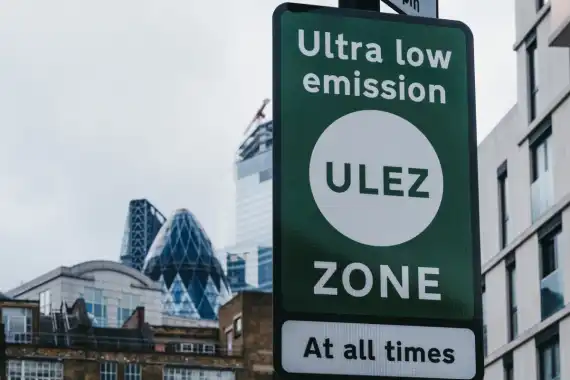
ZEZ
ZEZ stands for Zero Emission Zone. Britain’s first Zero Emission Zone Launched in Oxford on February 28th, 2022 as a pilot scheme tasked with reducing the pollution that causes health issues. As the name suggests, only drivers in clean, zero-emission, fully electric vehicles will be able to enter for free. Motorists in petrol, diesel, and hybrid vehicles will be charged according to how much pollution they emit.
V2G
Vehicle to Grid – A system enabling a charged vehicle to feed electricity back into the national grid, potentially assisting during peak demand or power shortages. The new Ford F-150 Lightning pickup offers this feature to its customers in the American market.

